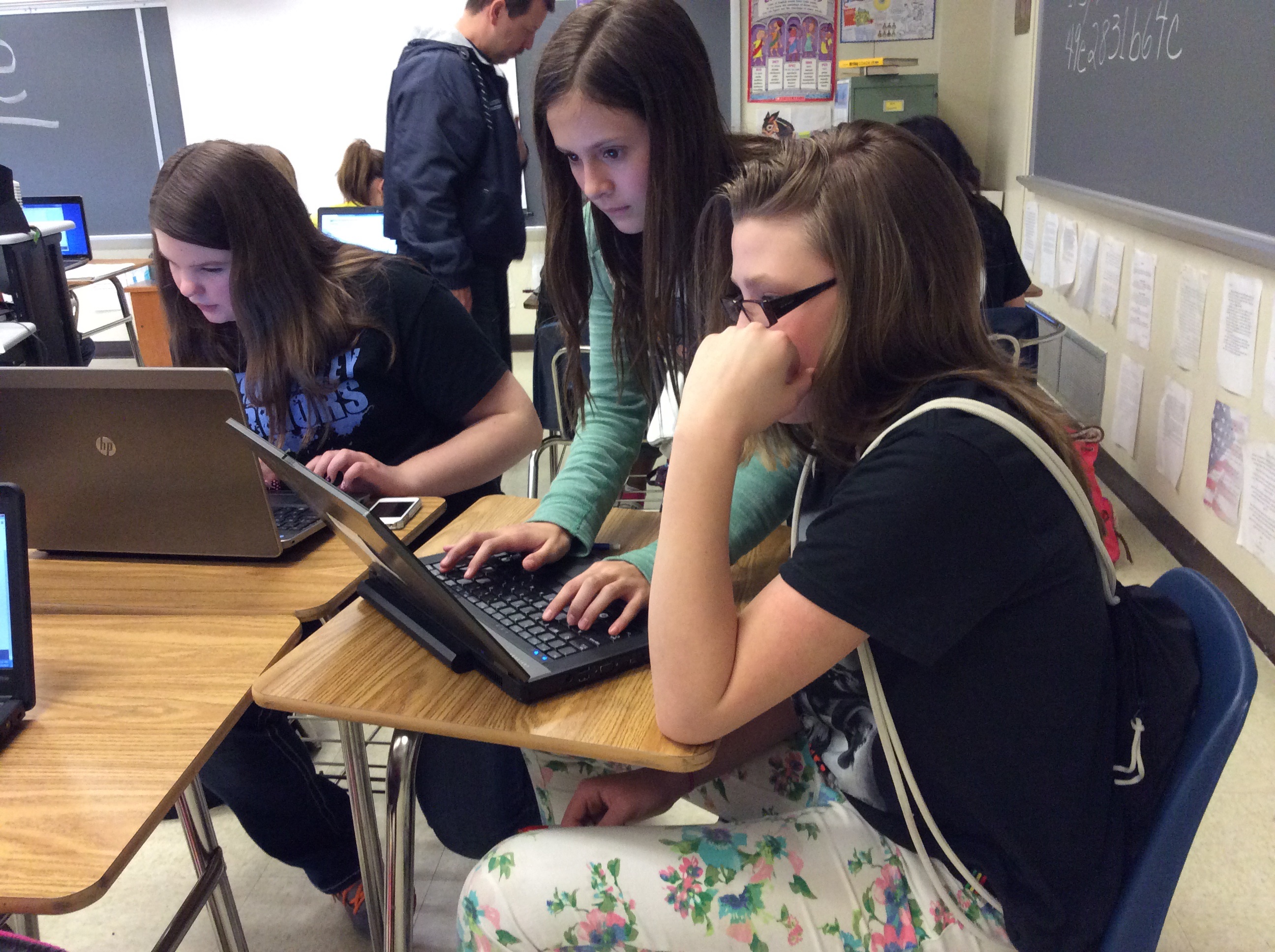Switch your high school classroom to flexible seating

Sitting in a molded plastic chair all day can be hard on anyone, especially high school students. For that reason and others, high school teachers have introduced flexible seating in classrooms, and their decision seems to be paying off.
Flexible seating allows students to choose from various seating options in the classroom, including traditional desks, tables, and chairs or soft seating like couches and beanbags. By introducing flexible seating, teachers change the learning environment, making it less clinical and more student-friendly.
Teachers who are critical of flexible seating may think that it’s too informal for a high school classroom, yet the casual design approach offers students an opportunity to sit comfortably while learning. Some educators also have expressed concern that students might destroy the furnishings, misbehave, or wouldn’t pay attention in the classroom, but in fact, just the opposite has occurred.
In fact, teachers who have chosen to adopt flexible seating have discovered several benefits to the new arrangements, including better student attendance, improved responsibility for taking care of the room, and more positive attitudes among students.
Design strategies
You don’t have to be a design diva to get started. Most high school classrooms aren’t large enough to initiate a comprehensive design plan, so it’s best to begin with a small area or one corner of the room.
As you look for ways to create a flexible seating, consider the following:
- Think of your seating options as solo (floor cushions, bean bags, gaming chairs, arm chairs, yoga balls, standing desks) or cluster arrangements (bar-height tables, couches, benches).
- Opt for sturdy over cute and trendy. Hefty furniture will stand up to bigger kids.
- Maintain line of sight with students. They need to be able to see the board and other visuals, and you need to be able to see them.
Beyond furniture
Flexible seating isn’t just about the furniture. Flexible seating arrangements require you to consider sound and lighting as well.
An area rug and a few throw pillows can help to muffle sounds in the classroom. Movements will seem quieter, and so will collecting materials. Fabric and fibers absorb sound. When the background noises are filtered out, your students may find they can speak in more natural voices, too.
Bring in additional lighting in the form of table or desk lamps. Some students prefer working with softer light. For additional ambiance, try suspending strings of LED lights.
Funding your flexible seating
Furniture can be costly, but your flexible seating doesn’t have to be. Look for finds in these places:
- Dollar and discount stores
- Thrift stores and resale shops
- Garage sales
- Families seeking to downsize
A few hundred dollars will go a long way. Many teachers, however, introduce flexible design in their high school classrooms for as little as $50 – or less. Sometimes, if you tell vendors what you’re trying to accomplish in your classroom, they’ll give you discounts.
Your students will know whether or not flexible seating is for them.
Require your kids to try each area before deciding where to sit permanently. Those who prefer flexible seating over traditional seating may want to get to class as quickly as possible, so someone else doesn’t take their favorite seat.
By giving your students a choice between traditional and flexible seating, you’re accommodating the physical needs of every child in your high school classroom.





